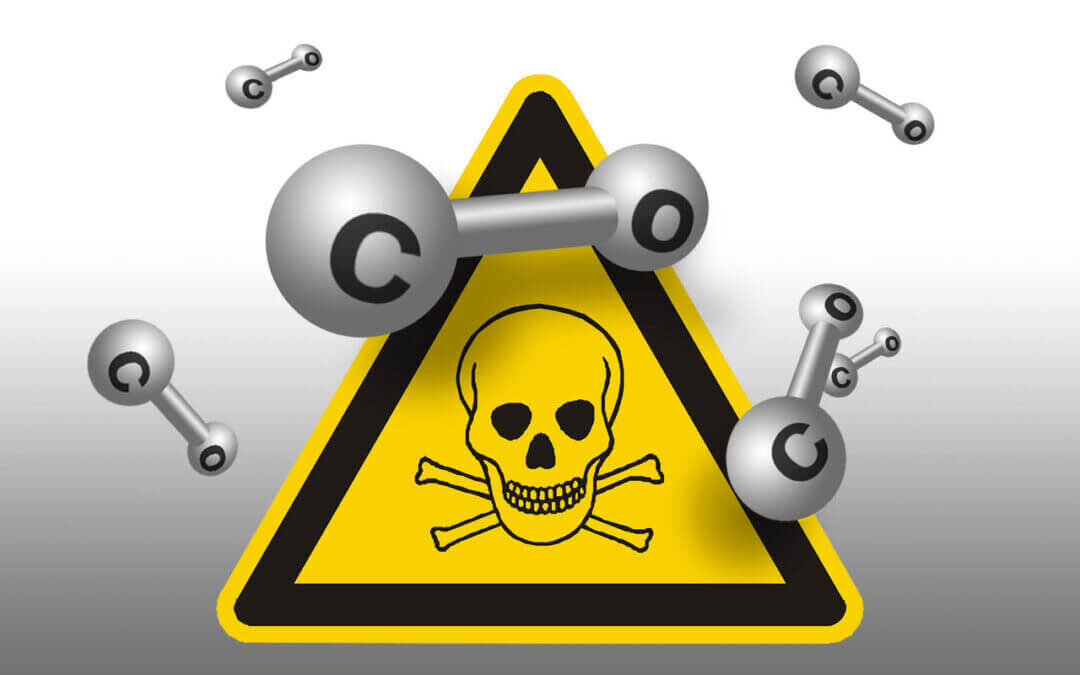How are you supposed to protect yourself from an odorless, tasteless, and silent gas that quickly fills your home and shares symptoms with a common illness like the flu? Carbon monoxide poisoning is a serious concern and should be at the top of your list when protecting your home and your health, else wise you may become sick without knowing how, or why. If you discover that you are the victim of carbon monoxide poisoning, your first call should be to a Denver personal injury lawyer so that we can launch an investigation into possible causes and culprits so that you don’t need to suffer medical and financial burdens.
Understanding where carbon monoxide can originate and how to spot warning signs before a wrongful death are imperative steps for homeowners and renters. An experienced Denver personal injury attorney knows where to look and how to determine liability on the part of the manufacturer, home inspector, and or landlord. By working with our expert lawyers, you can rest easy knowing that we’ll pursue every avenue to collect the financial compensation you may be entitled to.
One of the best investments you can make for your home, or a safety feature to have your landlord install, is a carbon monoxide detector. From there, you need to check it regularly to ensure that it is operating properly and that the batteries haven’t died. If the detector malfunctions, your landlord could be held liable for not replacing it in a timely manner if you succumbed to carbon monoxide poisoning. There is more to the story though and finding out the source of the leak is important to stop it to mitigate any future illness or injury.
Out of the several possible sources for leaking carbon monoxide, we have compiled an abbreviated list for you to double-check as soon as you are able. The common sources include:
Gas stoves: If you have an older model of gas stove, it could have a leak somewhere in the lines that is allowing carbon monoxide to seep throughout your home. Even newer models can come with flaws that let the gas into your house or apartment.
Fireplaces: If you haven’t cleaned your chimney in a while, the gas can accumulate and seep back into your home, instead of escaping into the open air. Make sure to schedule regular cleanings to avoid any issues.
Furnaces: This appliance is one of the major culprits for carbon monoxide leaks and we strongly encourage you to check yours.
Water heaters: Similar to furnaces, water heaters are usual suspects for carbon monoxide leaks as the gas lines can allow the gas to escape and spread through your home.
Cars: If your garage isn’t properly ventilated, the gas can accumulate, especially if you leave your car running in the mornings to warm up before a drive.
And other potential sources.
If you, or anyone you live with, experience flu-like symptoms in the morning that clear up when you leave your home, you may be suffering from carbon monoxide poisoning and must act fast before it’s too late. Contact our offices immediately to speak with a Denver personal injury lawyer so that we can launch an investigation and uncover any potential carbon monoxide leaks in your house or apartment. Don’t leave things to chance; it’s better to be safe than sorry. Contact our offices today to learn more.

